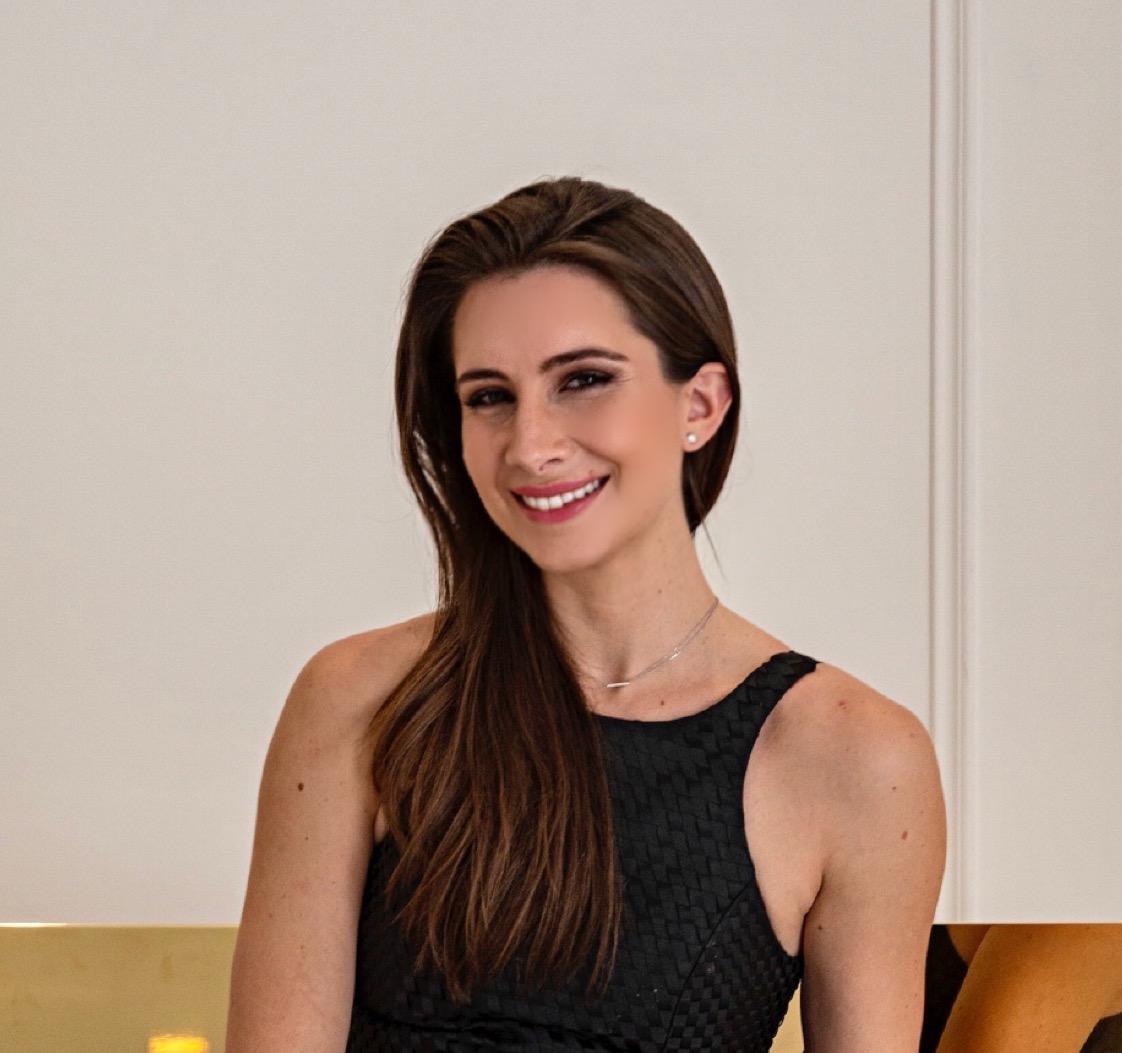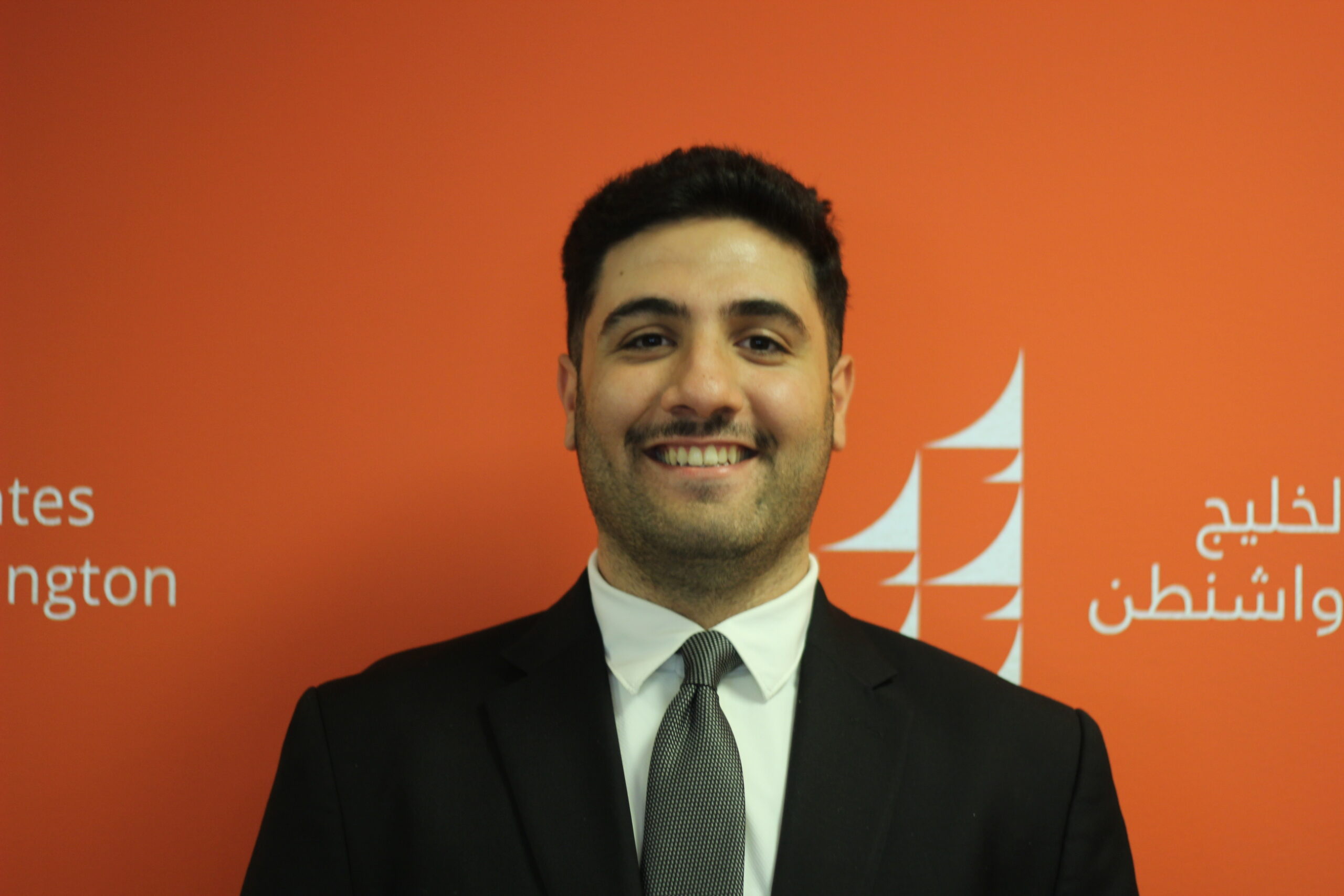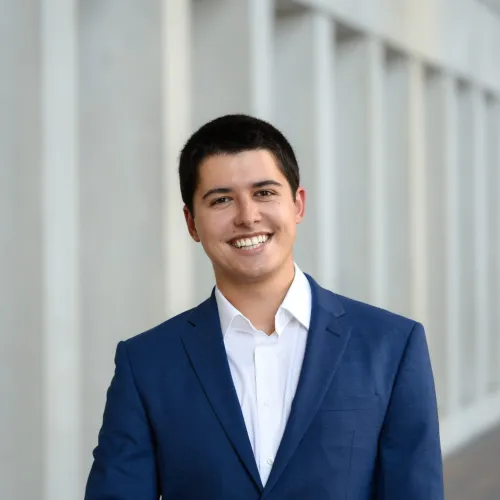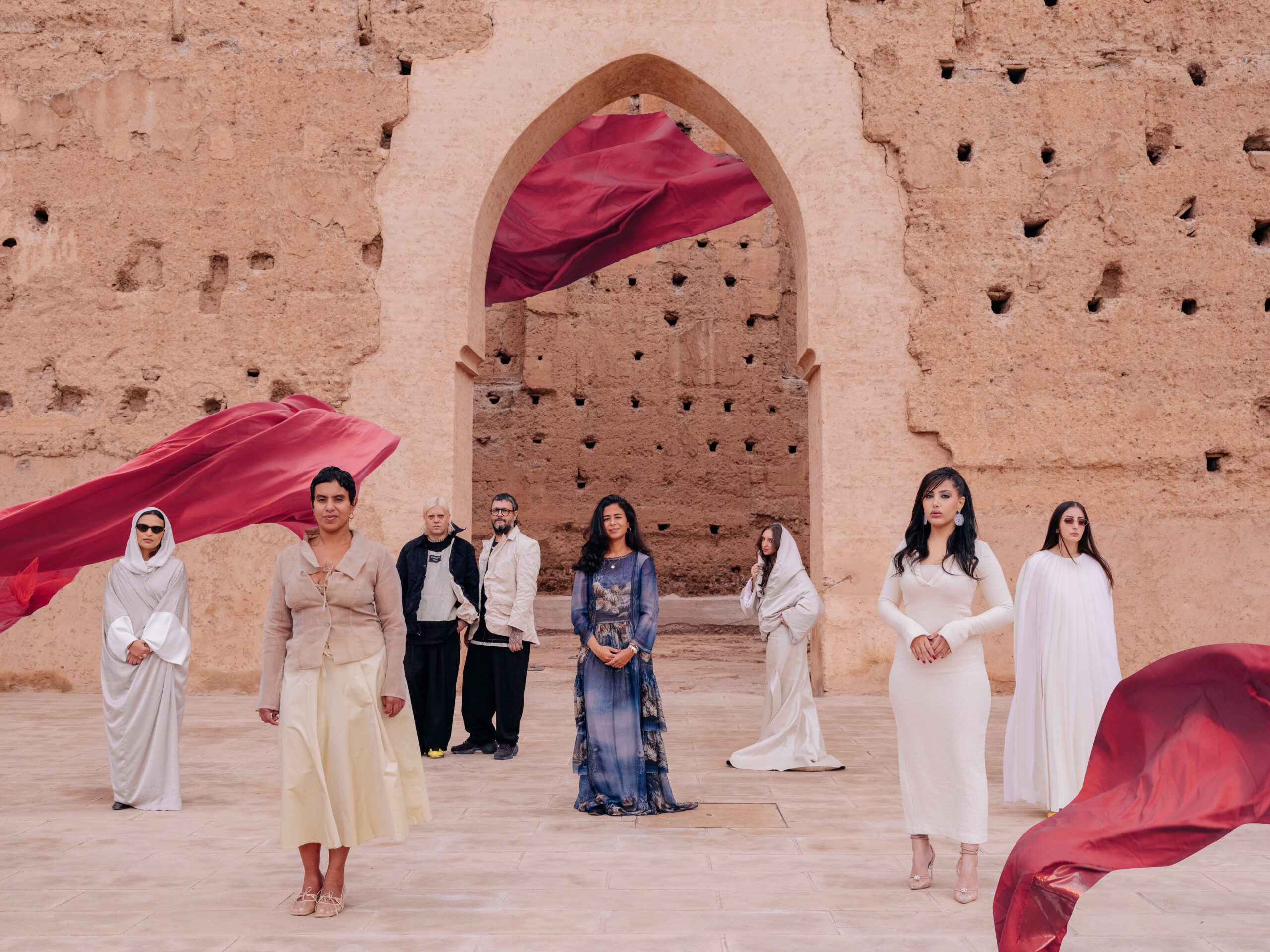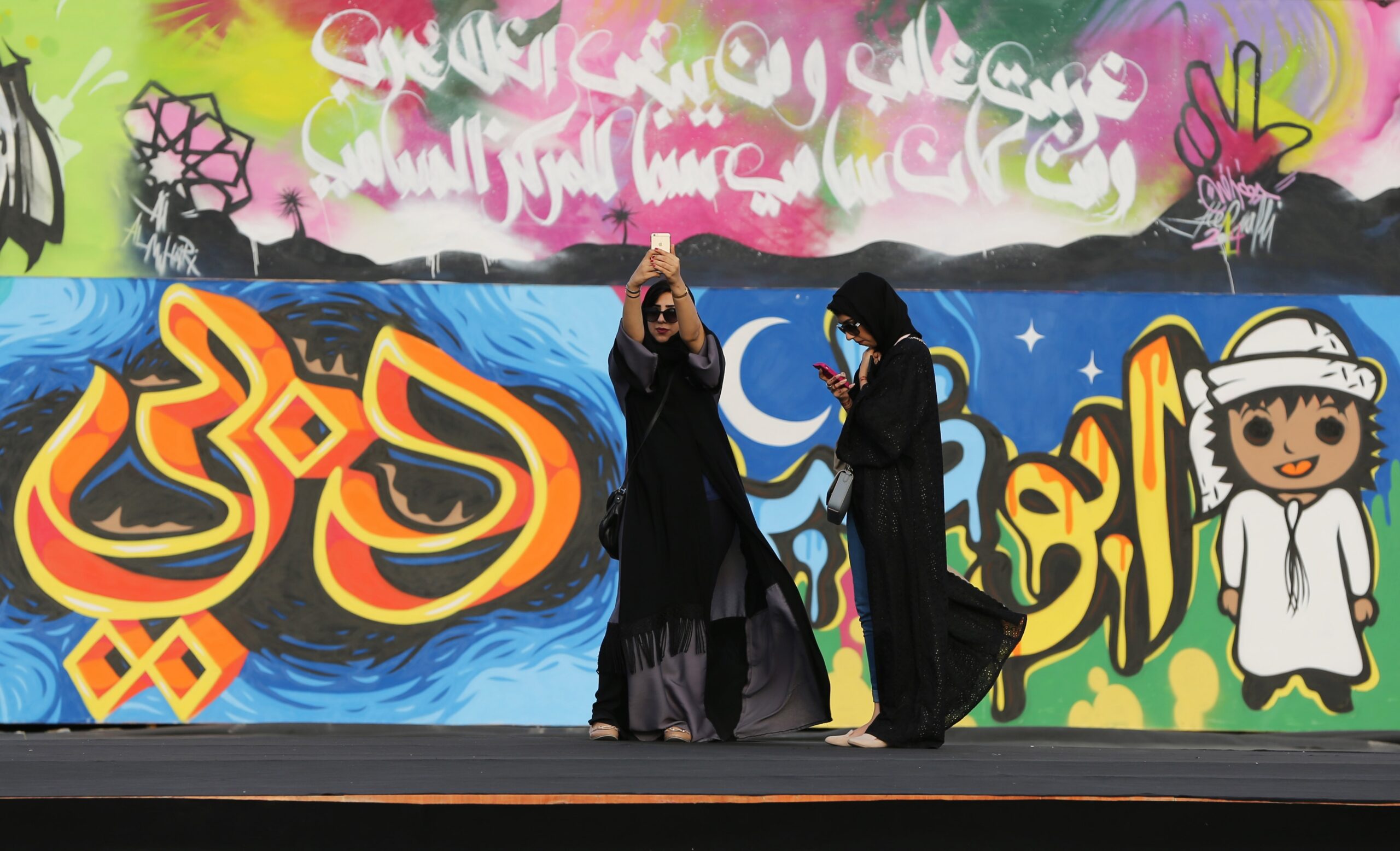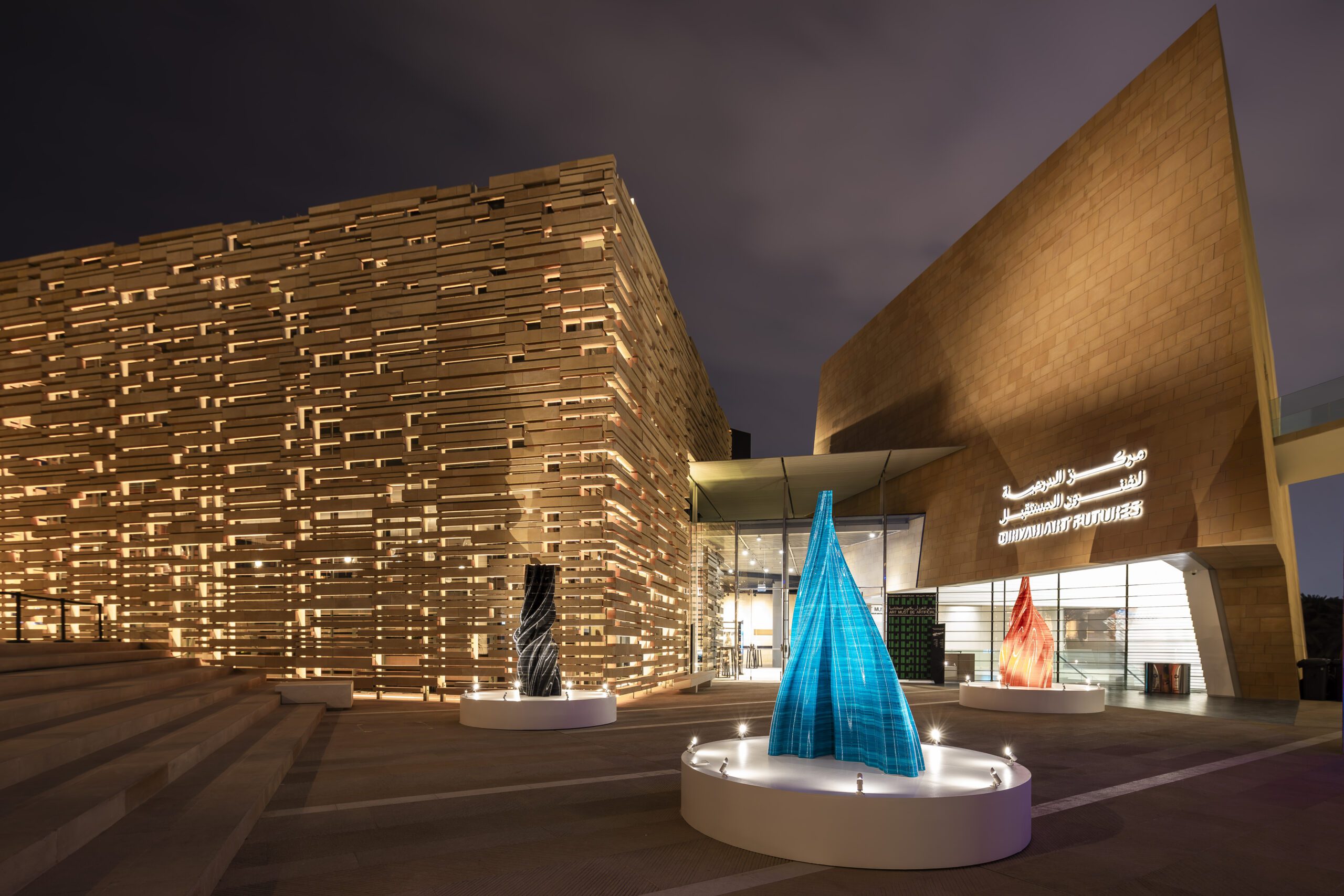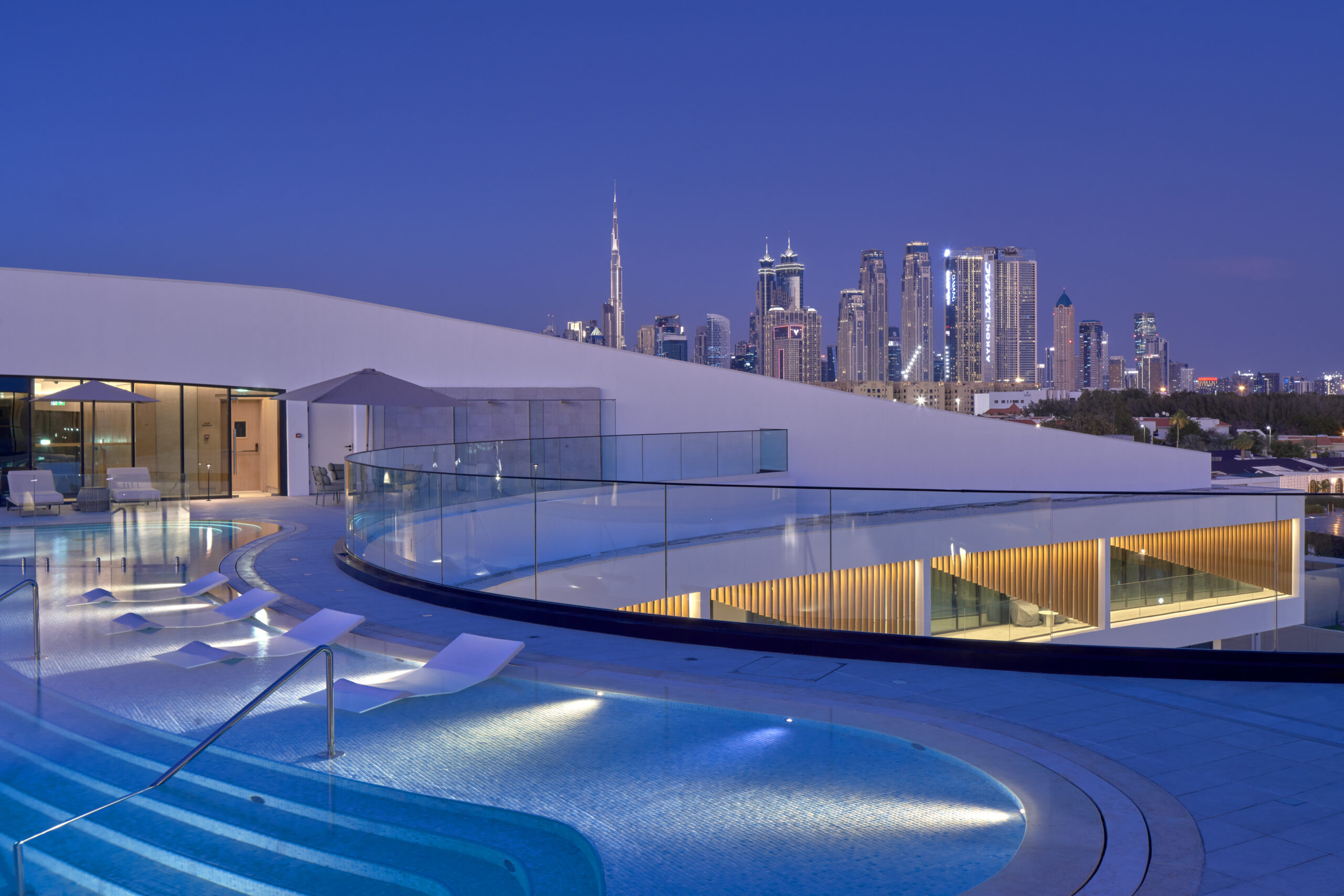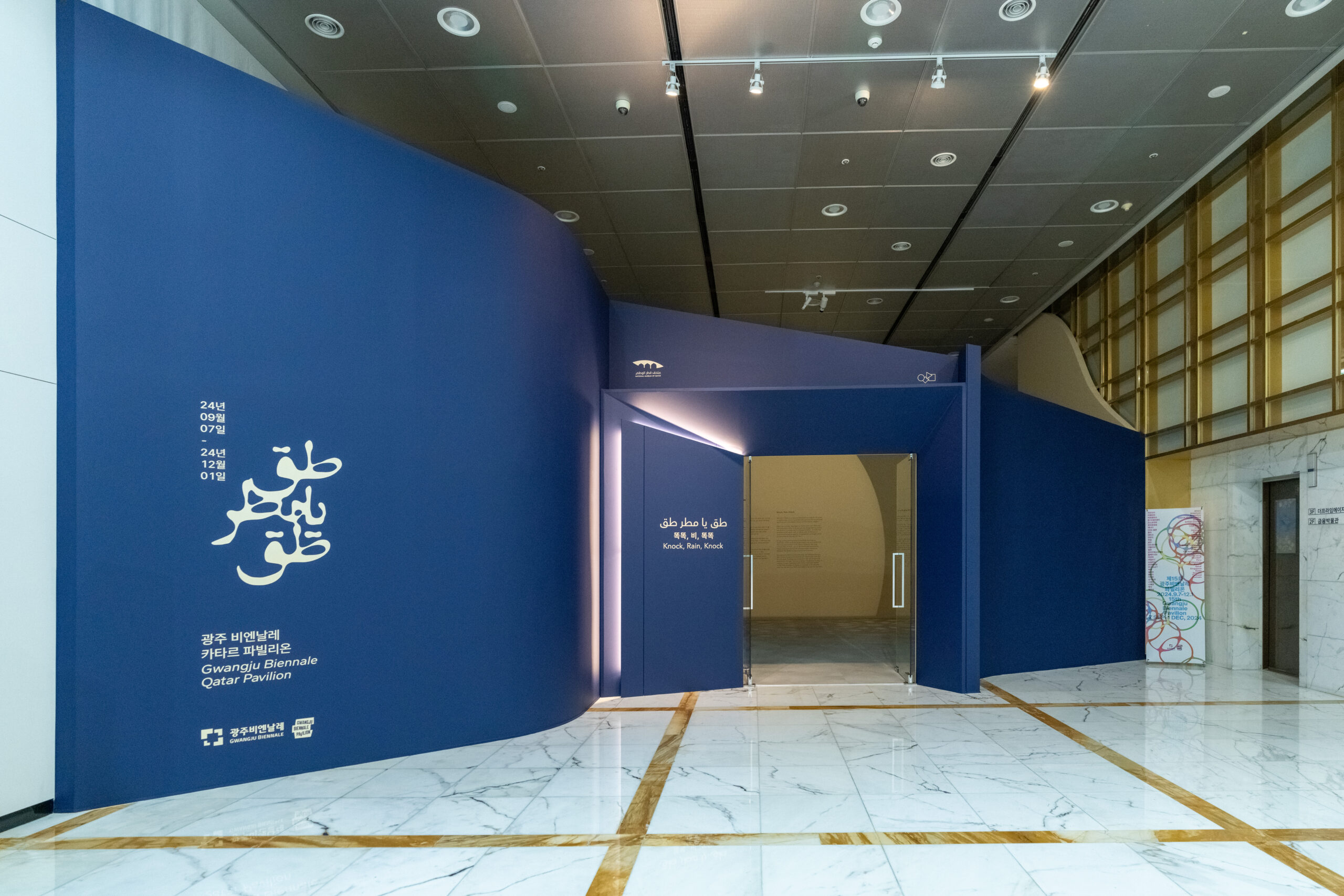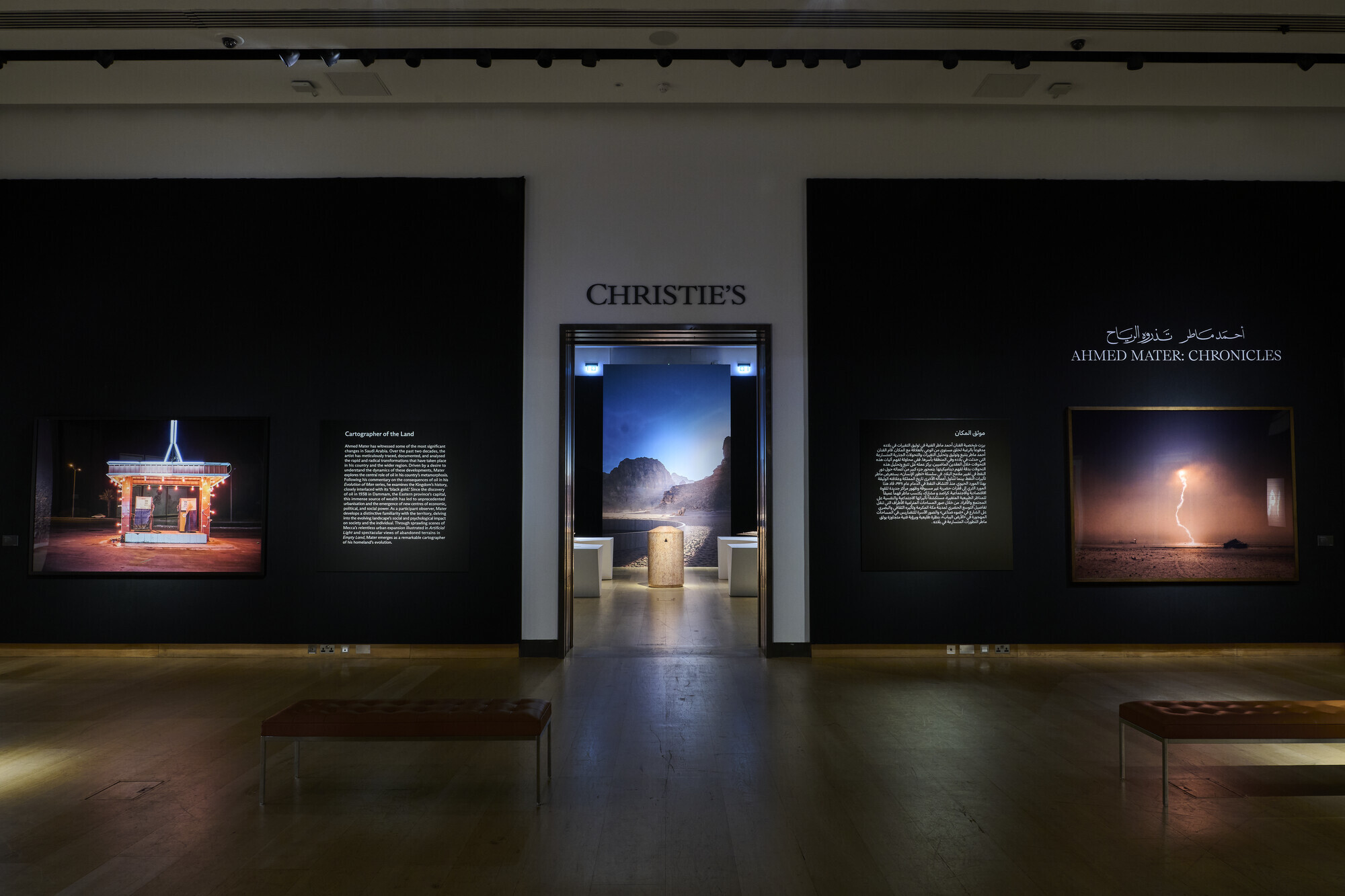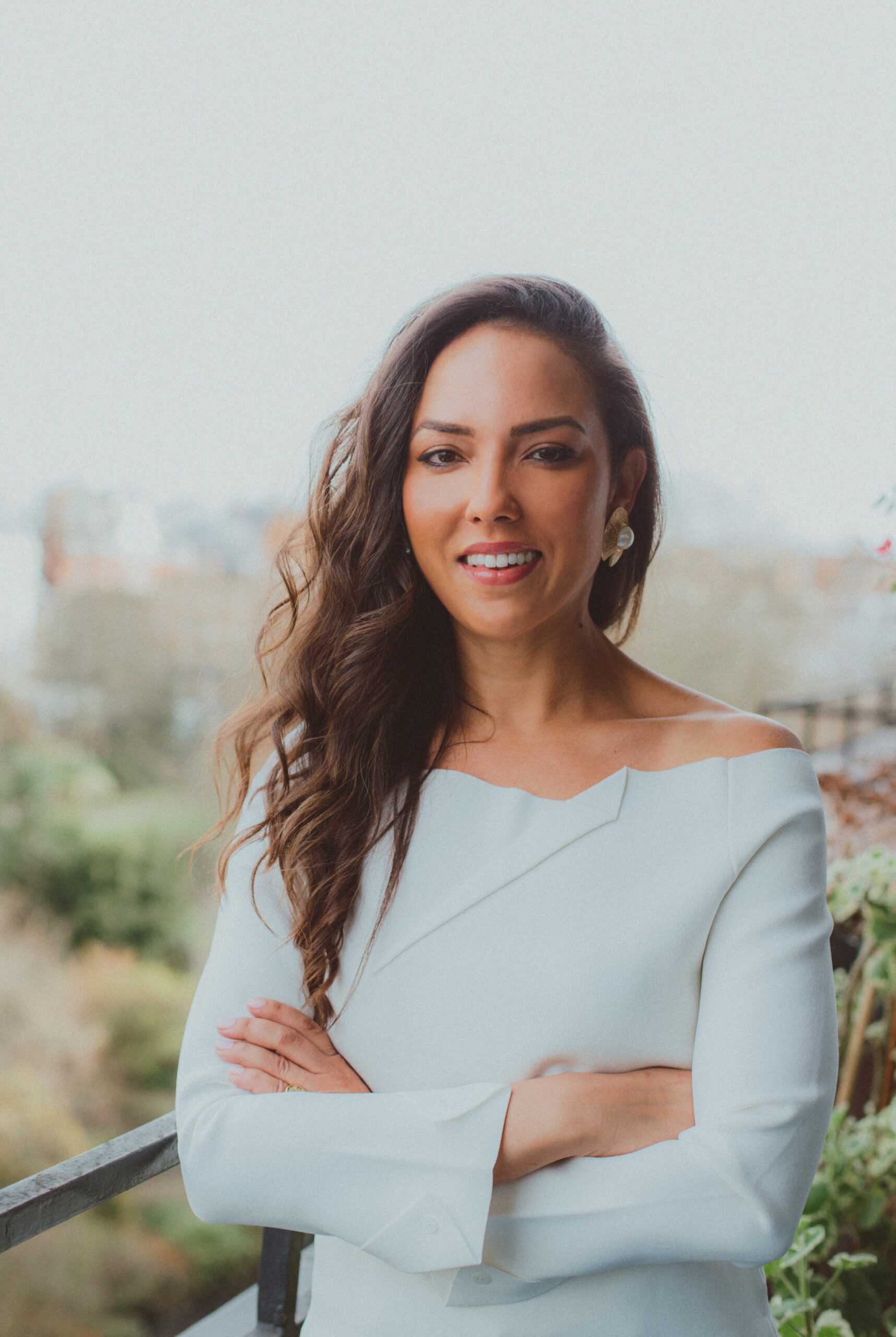Remembering as Resilience: Championing Palestinian Culture and Heritage in the Gulf Arab States
Amid the ongoing devastation in Gaza, Palestinian art has been front and center in Gulf exhibitions and events.
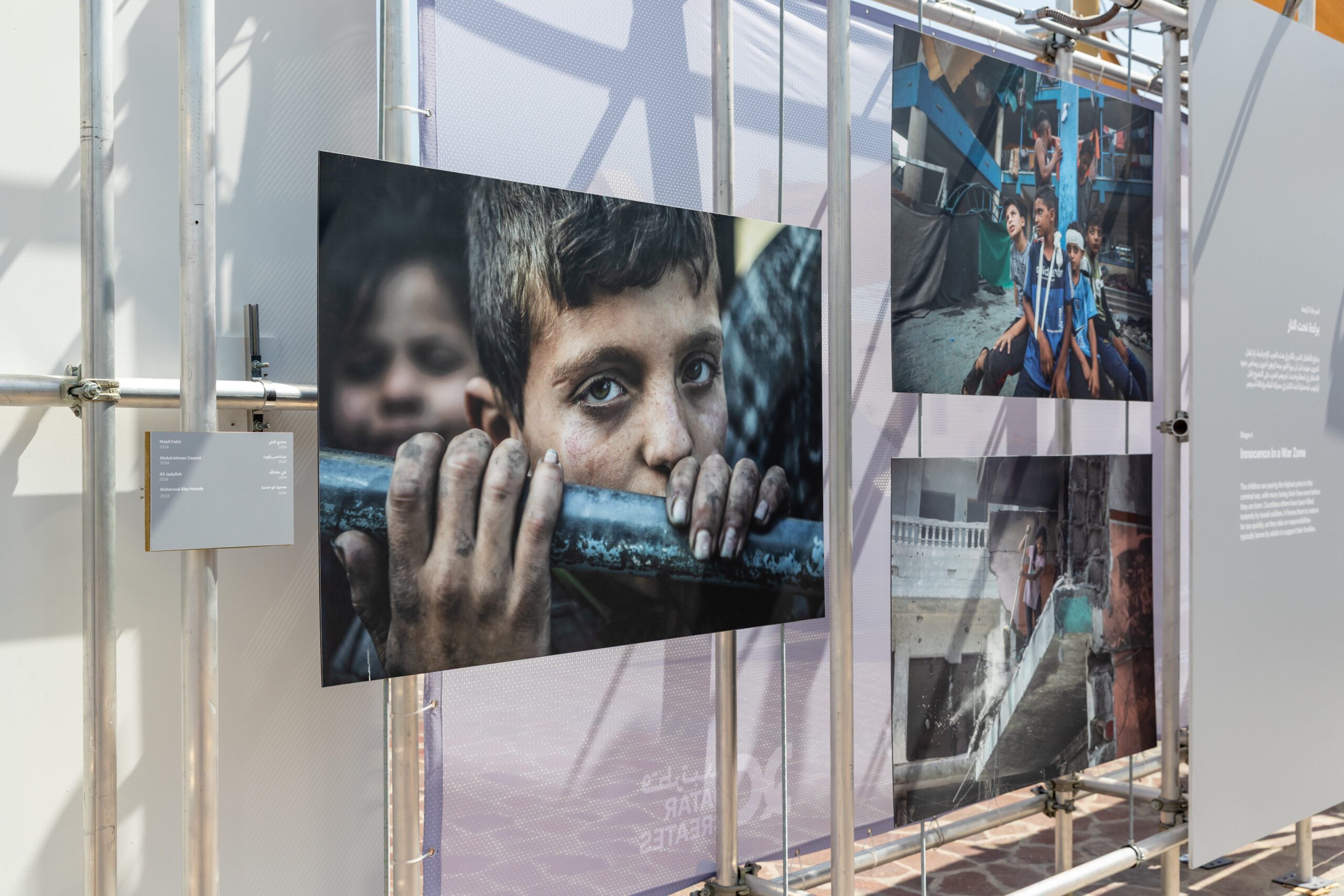
As Palestinians suffer from deepening famine and continual violence from Israeli attacks, a new exhibition staged by the Saudi-backed Art Jameel at the V&A in Dundee, Scotland showcases the heritage and beauty of Palestinian embroidery, tatreez. “Thread Memory: Embroidery From Palestine” will run until spring 2026. On display are hundreds of intricately embroidered garments, textiles, personal photographs, and artifacts spanning 150 years of Palestinian history – from the late 19th century to the British mandate, the Nakba of 1948, the first and second intifadas, and the present siege of Gaza.
These delicate reminders of the beauty of Palestinian heritage serve as a poignant act of resilience for a people and culture resisting erasure. These garments and objects capture and honor the stories and memories of Palestinians at home and in the diaspora, celebrating personal and collective histories during an ongoing period of unfathomable woe.
In July, Art Jameel, founded by Saudi businessman Fady Jameel as a privately funded organization that supports arts and culture in the Arab world, concluded the exhibition “Eltiqa: How to Work Together? A Collective Artistic Practice From Gaza.” The show, which opened February 6, charted the story of Eltiqa (“encounter” in Arabic), an artist collective founded in Gaza City in 2000. For over 20 years, Eltiqa members developed artistic practices together and staged numerous exhibitions and workshops in Gaza City, supporting a generation of aspiring young artists from Gaza. In December 2023, Eltiqa’s space was destroyed by Israeli bombing. The texts and expressive, vibrantly colored works of art on display in Dubai told the story of the collective. The show included more than 180 works by six of the collective’s founding members: Mohammed al-Hawajri, Mohamed Abusal, Abdel Raouf al-Ajouri, Raed Issa, Dina Matar, and Sohail Salem.
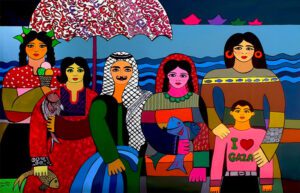
Dina Matar, “Summer of Gaza” (2016). (Courtesy of the artist)
“At Art Jameel, we understand the continuity of craft and cultural heritage as fundamental to what defines humanity; nowhere is this more under violent threat right now than in Palestine,” said Antonia Carver, director of Art Jameel. “We’d planned ‘Thread Memory’ for Hayy Jameel and the Eltiqa show for Jameel Arts Centre long before the genocide of the past two years. These shows are based on the long-time resilience and extraordinary works and stories of the Palestinian arts scene. It’s given all the artists, curators, lenders, and producers of the shows so much hope to see the way in which audiences in Saudi, the UAE, and now Scotland have embraced the exhibitions with so much enthusiasm and emotion and found ways to express their own solidarity with Palestinian life and culture at this time.”
Numerous cultural institutions and galleries in the Gulf Arab states, predominantly the UAE, Qatar, and Bahrain, have elevated artistic initiatives and exhibitions to support and preserve Palestinian culture and heritage. The events largely reflect the long-held popular support in Gulf Arab states for the Palestinian cause, pre-dating and continuing since the signing of the Abraham Accords in Washington in 2020, normalizing diplomatic relations between Israel and the UAE and Bahrain. But since the start of the Gaza war in October 2023, there has been a notable spike in initiatives in the Gulf in support of the Palestinian cause. These have included the exhibition “On This Land,” originally planned by the Birzeit-based Palestinian Museum as a presentation of artists from Gaza. The exhibition evolved into a collaborative effort between Dubai’s Alserkal Arts Foundation and Sharjah’s Barjeel Art Foundation. It was displayed first at Concrete on Alserkal Avenue in November 2023 and then moved to the Bin Matar House in Muharraq, Bahrain in October 2024. In Doha, “Memory of the Land,” at Msheireb Museums, celebrated Palestinian identity through art by 12 Arab artists. And, most recently, as part of the Tasweer Photo Festival in Doha, “Obliteration – Surviving the Inferno: Gaza’s Battle for Existence,” explored the theme of belonging through the lens of photographers in Gaza.
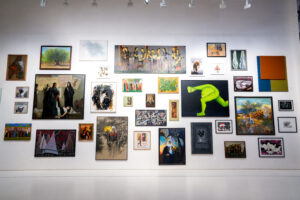
View of the exhibition “On This Land,” Bin Matar House, Muharraq, Bahrain, October 13 – November 7, 2024. (Courtesy of George Mathew)
“While Palestine is always a recurrent and present theme, after the present Gaza war, there was an increased emphasis on Palestine in the region,” said Sultan Sooud al- Qassemi, founder of the Barjeel Art Foundation. “Since the war started, there were a number of initiatives that presented Palestinian history, Palestinian rootedness, Palestinians’ belonging to the land, especially given what we see as a war essentially targeted at driving out Palestinians from Gaza.” The Barjeel Art Foundation has supported the relocation of Palestinian artists to the UAE from Gaza during the war. Qassemi noted, “You have a choice of buying an artwork or saving a person’s life. We had to redirect our resources to urgent matters. This also prompted Palestinians to make art about Palestine. At Art Dubai this year, there was a strong presence of Palestinian artists.”
Married couple Hawajri and Matar, of the Eltiqa collective, are among those who received support to move to the UAE. They fled Gaza in 2024 with their children when their house was being bombed by Israeli airstrikes. Hawajri said, “When I first came here, I was very sad because it was not easy, it was a very heavy time for me and for my family to leave my homeland. But when I arrived here, I started to think if I stayed and if I start to cry, to be sad all the time, I don’t do anything. I remember I am artist, and I must do something.”
For the inaugural Abu Dhabi Public Art Biennial in 2024, a vibrant mural painting by Hawajri, “Peace With a Blue Horizon,” covered one of Abu Dhabi’s concrete residential buildings, presenting a natural landscape typical of traditional Palestinian art. In November 2024, Matar was invited to Abu Dhabi Art’s public commissions program and showed several of her paintings in Al Ain. “We Defend Our Gazelles,” painted in acrylics, is particularly poignant, portraying women dressed in traditional Palestinian tatreez-embroidered dresses. “Through our art we can show something different to the current situation in Gaza,” said Hawajri emphasizing how the media shows thousands of videos and images of devastation but rarely art. “I share a new image, and I share a new life. Normally, to share artwork in this situation causes surprise for some people because they cannot imagine a time like this that there is art.” He continued, “During this time, some artists create art to share hope for people. It’s our work now.”
During both Art Dubai 2024 and 2025, booths, events, and panels displayed works of art by Palestinian artists and referenced Palestinian culture and heritage. In 2024, the Art Dubai Group, the fair’s owners, donated 25% of advanced ticket sale proceeds to the Emirates Red Crescent, affiliated with the Red Cross, to support vulnerable communities in the region. Art Dubai Group made a similar donation during the October 2023 “Downtown Design” fair.
“We’ve noticed a growing interest in Palestinian art since the start of the genocide war on Gaza,” said Dubai-based Palestinian Ziad Anani, founding director of Zawyeh Gallery, which has branches on Dubai’s Alserkal Avenue and in Ramallah. “While this may be partly tied to the broader context of the situation in Palestine, we also believe our own efforts have played a role.”
Over the past several months, Anani said the gallery has been actively expanding into new markets and has witnessed a stronger demand for prints compared to original pieces. To meet the demand, the gallery is adding new print editions by both emerging and established Palestinian artists. One of its key shows was “Posters for Gaza,” in early 2024 at Zawyeh Gallery in Dubai. The gallery invited 26 Palestinian artists to create posters for the exhibition, using the medium to raise their voices in solidarity with Gaza. “Exhibitions like this have helped reinforce our commitment to promoting Palestinian art while also responding to increased collector interest, particularly in more affordable and widely distributable formats like prints,” added Anani.
During Art Dubai 2025, Zawyeh Gallery presented works of art by renowned Palestinian artists Sliman Mansour and Nabil Anani. Both artists joined the boycott campaign of the first intifada, refusing to use art supplies from Israeli sources. Instead, they turned to local materials, such as untreated goat leather, mud, henna, wood, straw, and other natural mediums. The use of natural materials from Palestine gave their work a “compelling presence,” Ziad Anani said, adding that most of Nabil Anani’s works sold, including one acquired by a museum. “Our presentation drew strong interest from both local and international collectors and institutions, with one of the large murals by Anani a highlight of the fair,” Ziad Anani said. “Exit into the Light No. 3,” made of leather, ceramic, embroidery, and mixed media, portrays a procession of abstract figurative men and women donning garments with traditional Palestinian embroidery.
Numerous other galleries at Art Dubai 2025 presented works of art by Palestinians. From Saudi Palestinian artist Dana Awartani’s “Standing by the Ruins” installation featuring patterned flooring that recalls the geometric designs of Gaza’s historic Qasr al-Basha to Palestinian artist Mirna Bamieh’s blending of ceramics, drawing, video, and text to showcase her homeland’s rich heritage in food fermentation and preservation, Palestinian culture was front and center.
Zawyeh Gallery recently ran an online exhibition of Palestinian artist Mohammed Joha’s 2006 series: “Gaza: Between Rubble and Memory.” While painted close to 20 years ago in Gaza, the abstract paintings, with their expressionist brushstrokes coupled with bold lines of spray paint, are particularly poignant as the Gaza strip endures another extreme chapter of suffering. The abstract layers are akin to physical scarring that refuses to heal and eruptions of paint akin to Israeli bombings and the resulting anguish and unending agony. They serve as a metaphor for the survival of memory amid conflict, suffering, starvation, and death. This memory of the heritage and culture of the Palestinian people, presented in so many exhibitions in the Gulf, persists and resists eradication despite the endless destruction.
The views represented herein are the author's or speaker's own and do not necessarily reflect the views of AGSI, its staff, or its board of directors.
